Fukushima
In 2011, an earthquake and tsunami triggered a meltdown at Fukushima Daiichi Power Plant, and subsequent explosion of three reactors. Massive fallouts of radioactive material spread through the rain, banning human habitation in contaminated areas for the foreseeable future.
Today, over a decade since the nuclear accident, the broken reactor is still leaking nuclear waste. Though, the Fukushima evacuation zone is now home to a prolific and diverse group of plants and animals – wild and domesticated alike. Various studies from 2016-2020 showed that this no-man land is not only living, but actually thriving.
Domesticated fruit trees and crops, once grown by villagers, now rejoined their natural cycle to feed wild animals. Decaying houses became the perfect breeding grounds, playgrounds and shelters for the younglings. Wild boars, Japanese macaques, raccoon dogs, and Japanese serow are some of the species that has resurfaced and are now more abundant in the exclusion zone than in nearby human-occupied areas (Lyons et al., 2020).
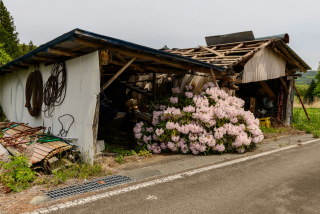
“Even though the villagers have disappeared, the rhododendrons still bloom beautifully in spring. […] The untended rice fields had dried up and were overgrown with grass. Willow trees had sprouted and expanded into groves.”
(Manabu Sekine, April 2021, Japanese edition of National Geographic magazine)
It must be a strange sight – in most cases of habitat destruction there would be an overwhelmingly negative reaction from wildlife. This time, without human interference, we see wildlife entering and “reclaiming” a land that reeks radioactivity, and turn it into a living space again.

Wild boars and monkeys sighted in the Fukushima evacuation zone. (Manabu Sekine, April 2021, Japanese edition of National Geographic magazine)
Although all the food, vegetation and ground are contaminated, biologists say that only the generation of animals that endured the initial radiation blast suffered health setbacks. Overall, there was higher abundance and fewer deformities of animals in the exclusion zone, compared to the restricted zone and human-inhabited zone (Lyons et al., 2020). The animals seem much less bothered by the radiation than they were by hunters, pesticides and automobiles.
Chernobyl has a precedent
April 1986 marks the worst nuclear accident on record at the Chernobyl Nuclear Power Plant in northern Ukraine, just some 100 km north from Kiev.
One quarter century after the Chernobyl incident, some biologists had another name for the Chernobyl Exclusion Zone: “Europe’s third-largest wildlife refuge” (UNEP, 2020). Today, the exclusion zone retains some of the highest biodiversity and thickest forests in all of Ukraine.
It started out with sightings of some rare birds and apex predators like the brown bear, a species not seen in this corner of Central Europe for decades. Gradually, other wild animals came and replenished the biodiversity of the site: wolves, wild boar, elk, moose, deer, lynx, beavers, badgers, nesting swans, cranes, black stork and great white egrets to name a few.
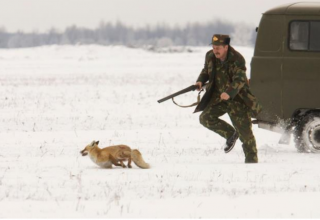
A hunter chases a fox just outside the 19-mile exclusion zone around the Chernobyl nuclear reactor near the village of Novosiolki, Belarus on January 11, 2009. Photo: Vasily Fedosenko/Reuters
Soon enough, the conservationists saw the explosion of Chernobyl wildlife as a good sign and started to introduce two species previously extinct in the wild – the European bison and Przewalski’s horse – into the exclusion zone in Ukraine. Belarus has also turned much of its exclusion zone into an official nature reserve.
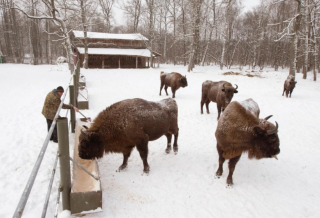
A worker feeds European Bison introduced to a state ecology reserve established in the Chernobyl exclusion zone, near the village of Babchin, Belarus. Photo: Vasily Fedosenko/Reuters
We’ve learned about the destructive effect of radioactivity the hard way during the Radium Craze of the 1900s: various cases of cancer, mutated childbirths and people’s jaw gradually falling off within a few years, killing them in painful ways. So why did the animals of Chernobyl not suffer the same fate?
One factor could simply be time: most animals’ lifespan isn’t long enough for radiation to take effects. Research found that the trees are actually more contaminated with radiation, partly because they take nutrient directly from the contaminated soil, and partly because they have a longer lifespan than animals. Berries and mushrooms in particular can accumulate radionuclide more than 20-30 times the maximum allowable concentration, with blueberries exceeding up to 100 times (Dadiverina, 2016).
Besides, genetic and behavioral changes have been found in populations of birds and worms, but presented no health setback. Mutations exist, but die off quickly because the mutants are usually weak. The law of the forest dictates that predators kill animals with abnormalities.
Most people agree that the main factor that caused this bizarre survival of Chernobyl animals is the lack of human presence. Insects are considered to be relatively resistant to stress, while mammals are the most sensitive group (Whicker and Schultz 1982). Without all the noises from people, industries, pesticides and vehicles, animals and birds feel less stress than before. Even people who visited Chernobyl and Fukushima were struck by the quietness and peaceful solitude of the places.
Elsewhere
Fukushima and Chernobyl are not the only examples of nature reclaiming abandoned lands. Preceding the two disasters, in 1957, an explosion took place at a nuclear fuel reprocessing plant near Chelyabinsk, about 1,400 kilometers east of Moscow, Russia. It was the third most serious nuclear accident, after Chernobyl and Fukushima. Ten years after the accident, Soviet authorities justified closing the area by calling it the East-Ural Nature Reserve.
Closer to Japan, the Korean Demilitarized Zone (DMZ) is a no-man’s land of 250 km long, 2.5 km wide that acts as a buffer, keeping the two Koreas apart since the Korean War armistice of 1953. Its unique geography and nearly six decades of isolation from man allowed biodiversity to flourish on the physically and politically destructive Korean conflict. Nowadays, it is the most biologically rich corner of the Korean peninsula.
A more recent example would be the COVID-19 global pandemic when people were forced to quarantine indoors, giving birds, stray cats and wild animals (there were sighting of monkeys and bears) a chance to roam the city. If we have to be quarantined for, say, 10 years, our roads might as well become urban jungles.
The list goes on, as Cal Flyn featured in her book “Island of Abandonment: Nature Rebounding in the Post-Human Landscape” many other buffer zones, nuclear wastelands, forbidden forests and old fields which nature took over after the human hand has been withdrawn.
What can we learn from this?
“We’ve identified the problem, and it’s us.” – Thomas Hinton, radioecologist at Fukushima University, remarked and summed up my thoughts about this whole discovery. Though, I don’t want to end this blog on a negative note, so here’s what I think we can all learn from this:
First, natural ecosystems are resilient, and biodiversity can recover at an amazing rate given only two ingredients: time and precisely nothing else. If left unobstructed, nature could find a way to recover and rise from the debris of our worst mistakes.
Second, there is opportunity in even the deadliest disasters. The wild animals never missed a chance to grab it. Amidst warfare, political conflict and the destruction of modern life, there still exist niches that support ecological growth, so environmentalists and conservationists should not resist to look for them in unexpected places.
References
Rewilding of Fukushima’s human evacuation zone. https://doi.org/10.1002/fee.2149 Photos: A decade after disaster, wildlife abounds in Fukushima
https://www.nationalgeographic.com/animals/article/wildlife-abounds-in-fukushima-nuclear- exclusion-zone
https://www.unep.org/news-and-stories/story/how-chernobyl-has-become-unexpected- haven-wildlife
https://chernobylguide.com/chernobyl_wildlife/
Chernobyl Reclaimed: An Animal Takeover. 2007 documentary by Peter Hayden
Island of Abandonment: Nature Rebounding in the Post-Human Landscape. 2021. Cal Flyn.

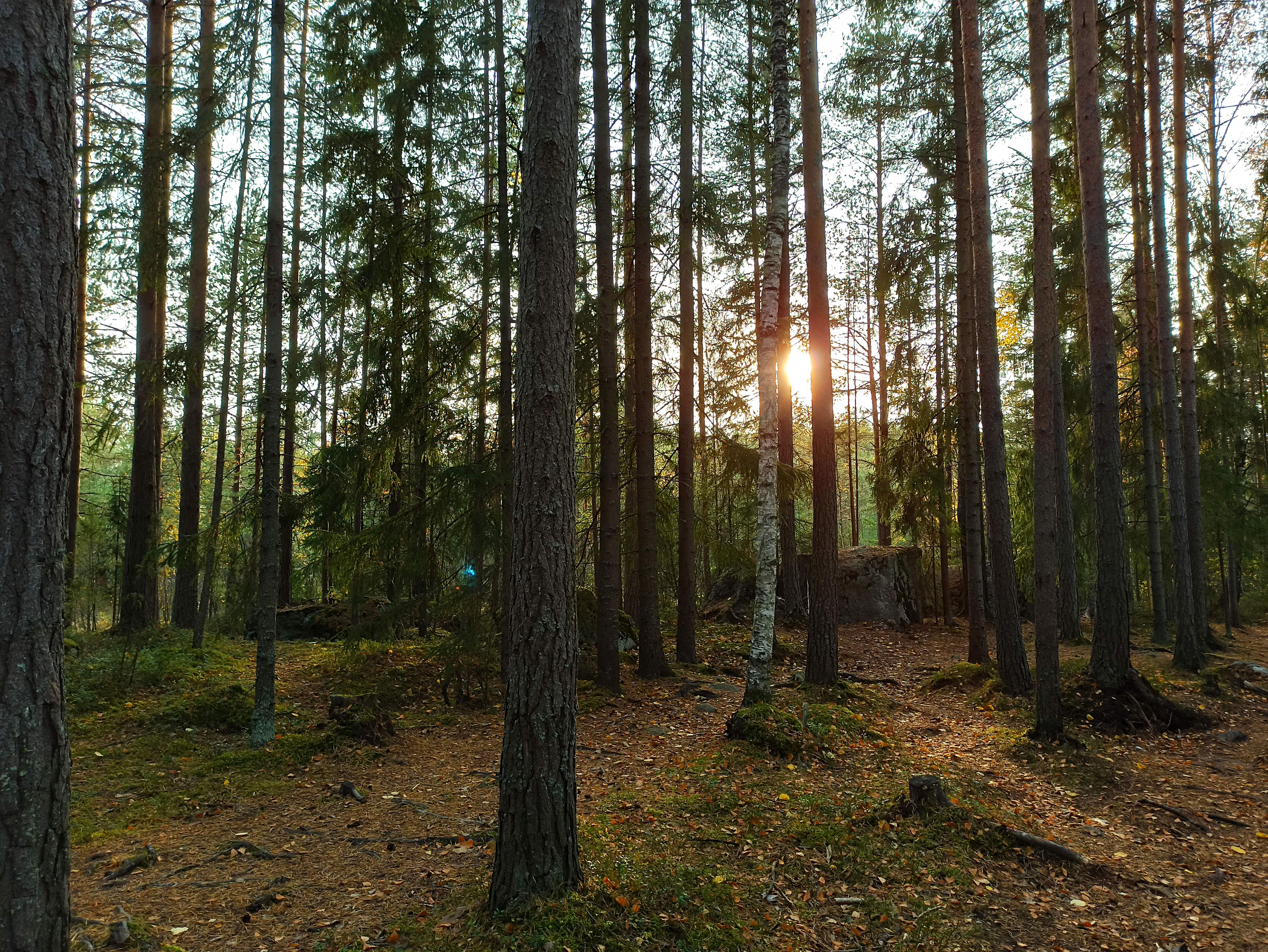

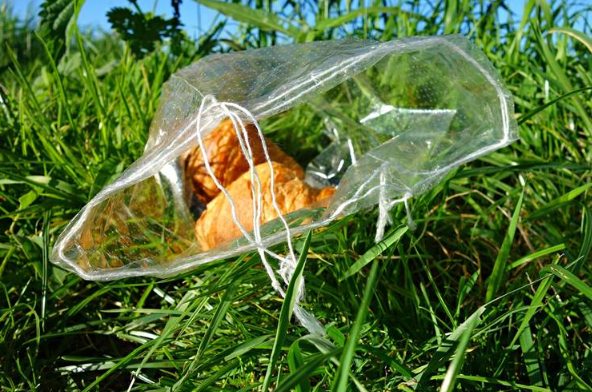
Comments